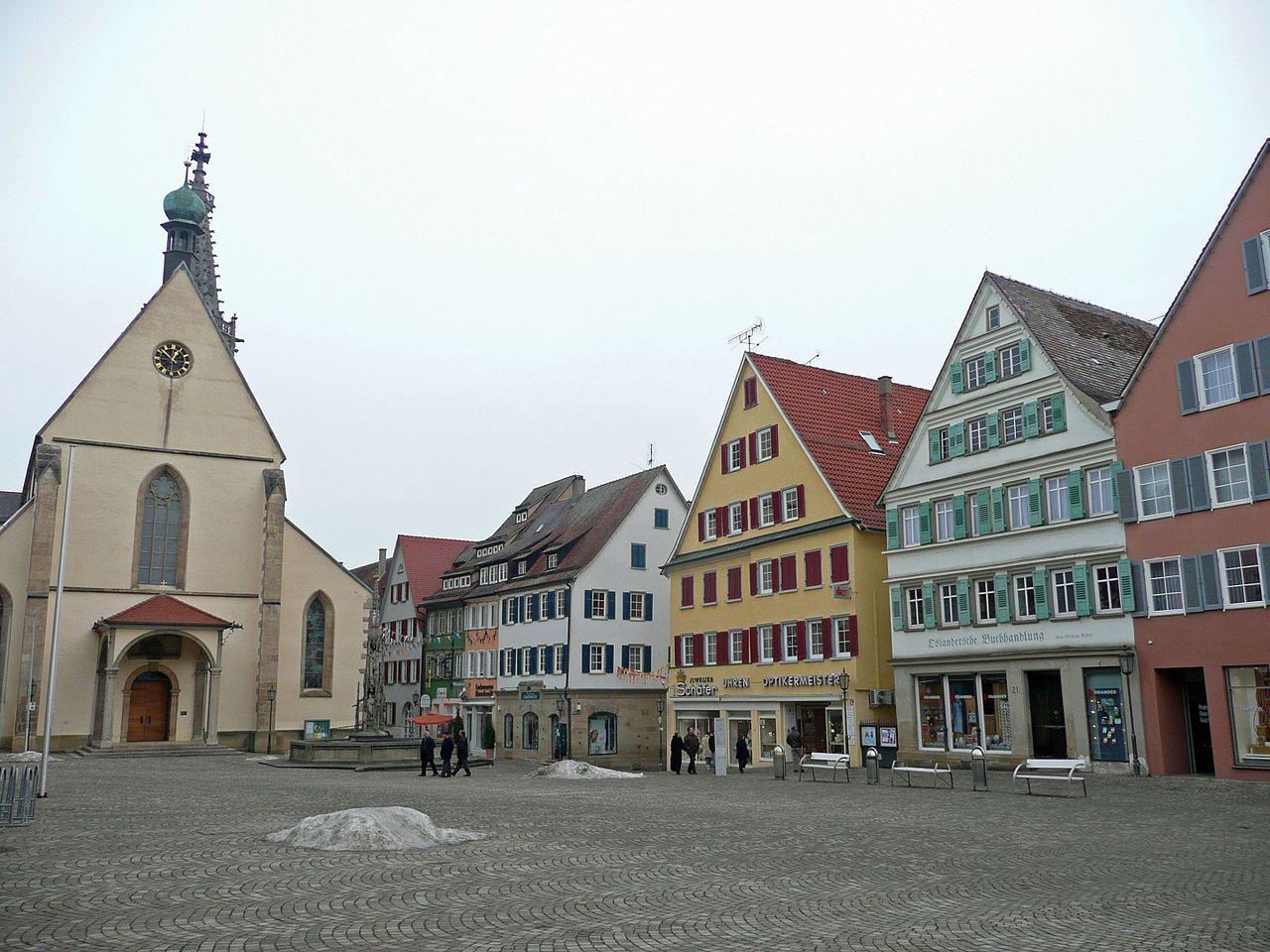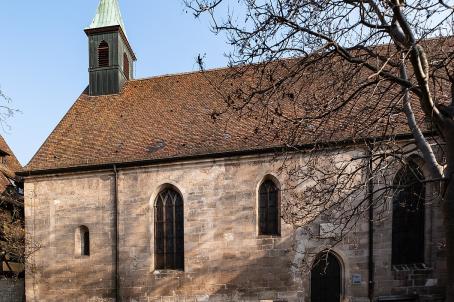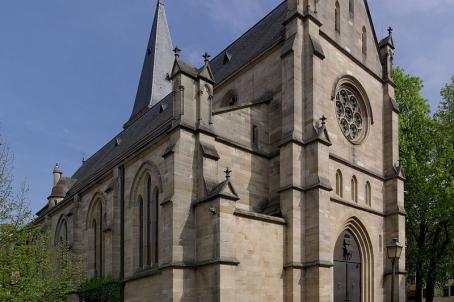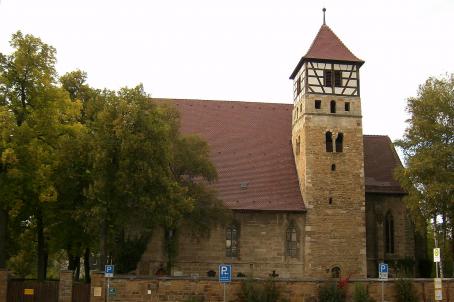Rottenburg Cathedral

St. Martin's Cathedral in Rottenburg am Neckar was built from a 13th-century chapel whose Romanesque tower still projects into the church's choir today. The town fire in 1644 necessitated a fundamental reconstruction, which was completed with the consecration of the church in 1655. In 1821, a diocese was founded for the kingdom of Württemberg, and Rottenburg, as the city with the highest Catholic population, was designated as the episcopal see.





